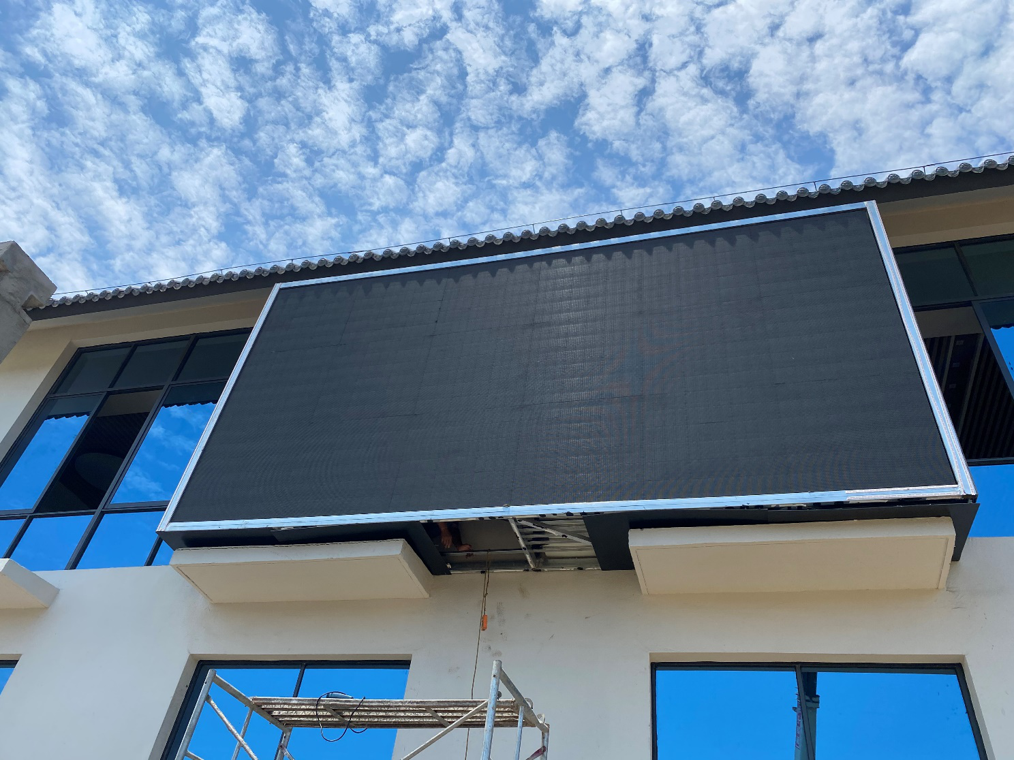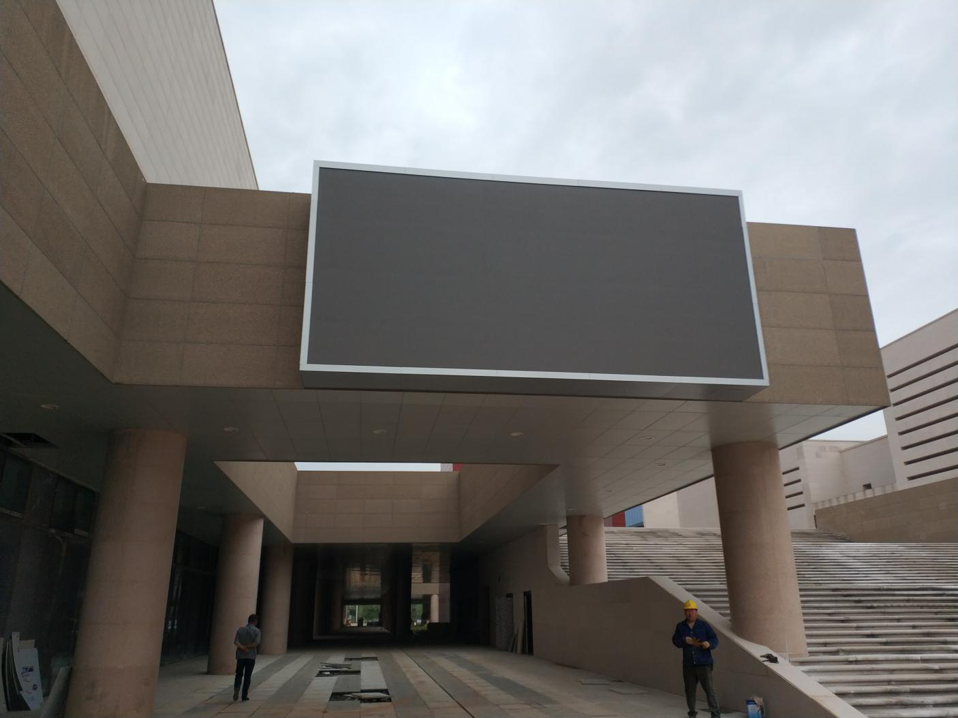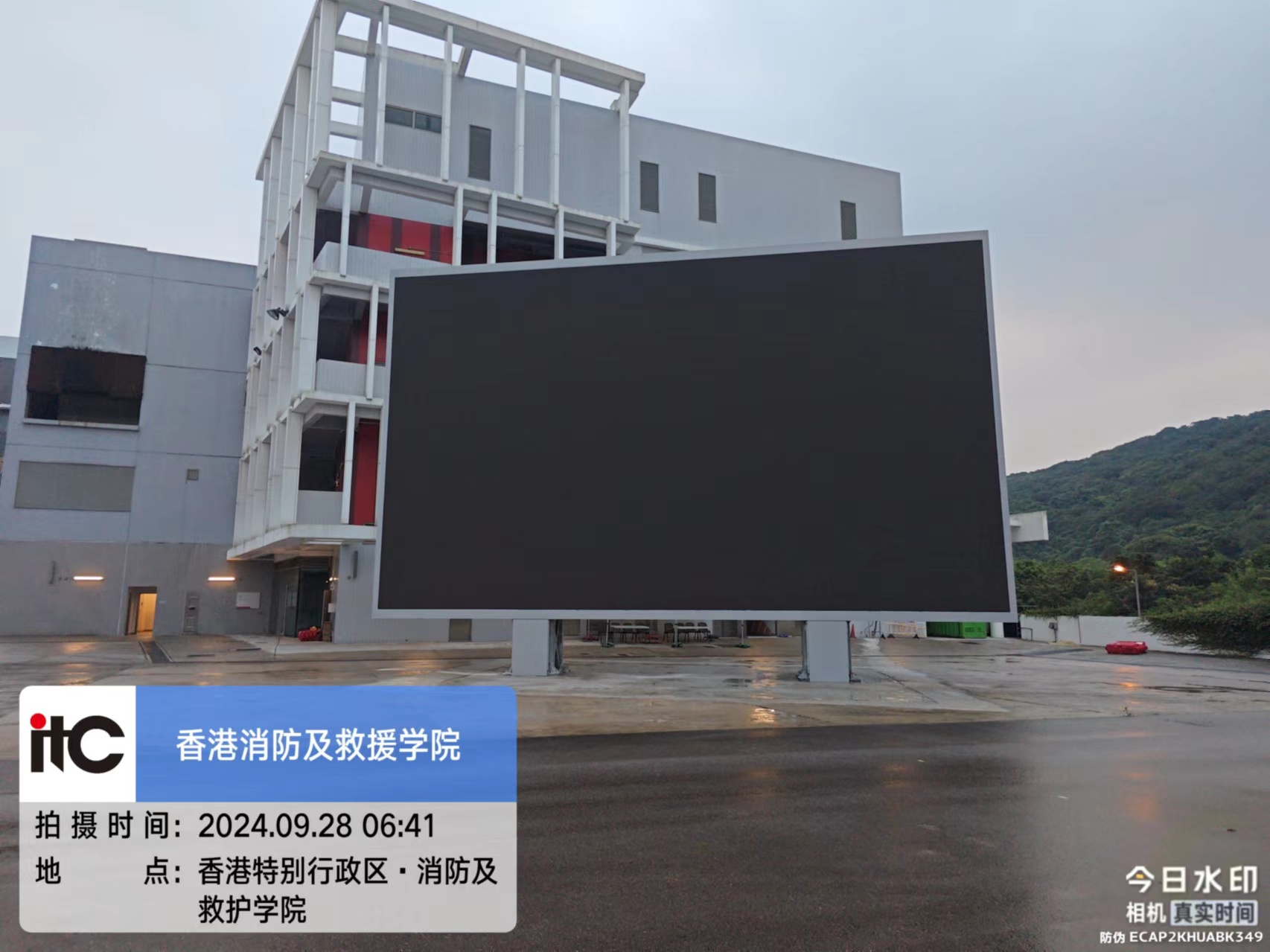The integration of outdoor advertising display screens in modern urban landscapes and advertising media has made them an essential tool for brand promotion and market outreach due to their unique visual impact, wide communication range, and efficient information delivery. However, in the actual operational process, various factors such as urban planning adjustments, changes in advertising demands, or screen maintenance upgrades may necessitate the repositioning of outdoor advertising display screen modules. This demand has sparked a widespread industry focus on the feasibility of swapping the positions of outdoor advertising display screen modules. This report aims to provide theoretical support and practical guidance for industry practitioners by conducting an in-depth study to explore the feasibility of swapping positions for outdoor advertising display screen modules.

Swapping positions for outdoor advertising display screen modules involves multiple disciplines, including electronic engineering, mechanical design, material science, and advertising media. In the field of electronic engineering, the electrical connections between modules, signal transmission, and power management are the technical basis for achieving position swapping. Mechanical design focuses on the structural design of modules, fixing methods, and ease of disassembly and assembly. Material science concerns the weather resistance, corrosion resistance, and lightweight design of the materials used in the modules while advertising media focuses on the impact of module swapping on advertising effectiveness, brand image, and consumer behavior.
Existing studies have primarily focused on the technical performance, market applications, and maintenance management of outside led display screen, with relatively fewer studies on module position swapping. Some studies have indicated the technical feasibility of module position swapping but highlighted the need to consider compatibility between modules, stability of electrical connections, and adaptability to the installation environment. Additionally, module swapping must comply with relevant regulations and policies to ensure the legality and compliance of advertising content.
However, current research still has certain gaps, including the impact of module swapping on the overall performance of the display screen, controlling costs during the swapping process, and post-swapping maintenance management. Resolving these issues is crucial to enhancing the feasibility of swapping the positions of outdoor advertising display screen modules.
The research is primarily based on several sources: technical documents and product manuals from display board led manufacturers at home and abroad, relevant regulatory documents, industry standards, successful cases, lessons learned within the industry, as well as original data obtained from surveys and expert interviews.

This research demonstrates that swapping positions for outdoor advertising display screen modules is technically feasible, but consideration must be given to the compatibility between modules, stability of electrical connections, and adaptability to the installation environment during actual operations. Additionally, it is necessary to focus on cost control and regulatory compliance for module swapping.

Future research can further explore the impact of module swapping on the overall performance of display screens, post-swapping maintenance management, and the use of smart technologies to achieve automation and intelligence in module swapping. Addressing these issues will contribute to further improving the feasibility and efficiency of swapping positions for outdoor advertising display screen modules.
This is the latest article
P4 and P8 outdoor large screen features what are the differences?